Earth Science and Engineering
Winds and waves winding down
Wind intensities and wave heights in the Red Sea are decreasing over time—potential for a significant impact on its ecosystem.
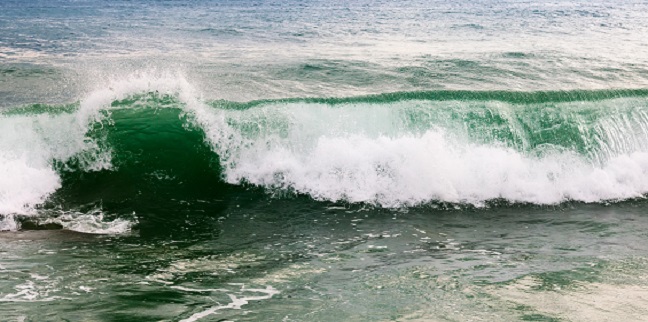
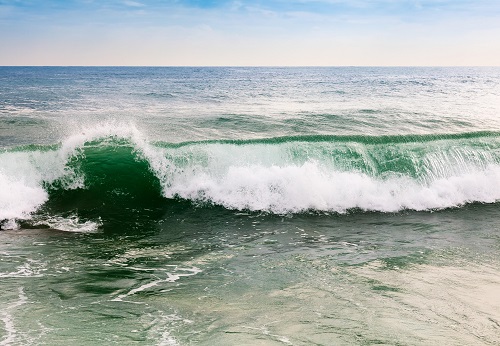
Change in wind intensities and wave heights in the are likely to have impacts on the Red Sea ecosystem
© Iakov Filimonov / Alamy Stock Photo
Computer models used to simulate wind1 and wave2 patterns in the Red Sea over the past three decades indicate that both have been decreasing in intensity over time, say a multidisciplinary team at KAUST.
The small team is leading the study of the atmospheric-oceanic circulation and climate of the Red Sea and how they impact its ecosystem. Ibrahim Hoteit, KAUST Associate Professor of Earth Science and Engineering said: “the Red Sea’s ‘manageable’ size makes this possible”.
“But don’t get me wrong. Elle a tout d’une grande [It has everything],” he continued. “The Red Sea basin involves amazing eddy and mesoscale variability, seasonally reversing overturning circulations, unexplored deep circulations, water exchanges with the Indian Ocean through the narrow straight of Bab Al-Mandab (in the south) and boundary currents in addition to a unique ecosystem, including coral reefs.”
Wind and wave data, recorded for the Red Sea region between 1985 and 2015 was incorporated into the Advanced Research Weather and Forecasting model and WAVEWATCH III. These models can combine historic data from various sources to create simulations of weather and wave patterns over a chosen period.
Collaborating with colleagues from the Institute of Marine Sciences in Venice, Italy, the researchers analyzed the resulting data set of wind and waves. They show that the waves in the Red Sea are generated by the action of three main wind regimes blowing from the North and the South, and in the summer, from the central Tokar gap on the Sudanese coast.
The trend of decreasing wind and wave intensities is particularly pronounced in the northern part of the Red Sea, which ends near Egypt’s border with Sudan, where the decrease reaches 15 percent.
“This is most likely due to decreased storminess in the Mediterranean region,” said Ph.D. student Sabique Langodan, the leading author of the study. Because the wind and waves in this part of the Red Sea propagate southward, the decreasing trend gets progressively smaller in the central and southern Red Sea.
A decrease in monsoon-related winds blowing from the Arabian Sea has also led to a decreasing trend in wind intensity and wave height in the Red Sea’s southern region, albeit less prominently than in the north. The waves in this area, pushed by the monsoon winds in a northwesterly direction, are more dominant in the winter months and are relatively smaller.
The Tokar Gap, a valley in the mountains on the coast of Sudan, influences wind and wave patterns in the central part of the Red Sea. This gap leads to the creation of a wind jet, which is stronger in the summer months. Even though these winds generate the highest waves in the Red Sea, the team did not find a significant trend in wind intensities in this region.
“To the best of our knowledge, this is the first study to report wind and wave trends related to climate change in the Red Sea region, which are significant and may have very important impacts on the Red Sea’s atmospheric and oceanic circulation and also on its ecosystem,” said Hoteit.
For example, masses of deep water, different from the surrounding waters in their composition and temperature, form in the northern Red Sea. These deep-water mass formations are episodic and play a role in ventilating the waters in the area, altering its circulation and ecosystem. Hoteit and his team are finding that these episodes are mainly driven by unusual cold weather conditions and may have important implications. “Any changes in the northern Red Sea weather may therefore have huge and long-term impacts on the Red Sea and its ecosystem,” he explained.
The team is currently working on a new initiative called the Virtual Red Sea in collaboration with The Scripps Research Institute and the Massachusetts Institute of Technology in the United States and Plymouth Marine Laboratory in the United Kingdom. The project aims to develop short and long-term forecasting tools for the region. They are also studying deep-water mass formation in the northern Red Sea, tidal variability in the Red Sea basin, the physical mechanisms behind the major eddies in the area, and rain and temperature trends in the Arabian Peninsula.
References
- Langodan, S., Cavaleri, L., Vishwanadhapalli, Y., Pomaro, A., Bertotti, L. & Hoteit, I. The climatology of the Red Sea — part 1: the wind. International Journal of Climatology 37, 4509-4517 (2017).| article
- Langodan, S., Cavaleri, L., Pomaro, A., Vishwanadhapalli, Y., Bertotti, L. & Hoteit, I. The climatology of the Red Sea — part 2: the waves. International Journal of Climatology 37, 4518-4528 (2017).| article
You might also like
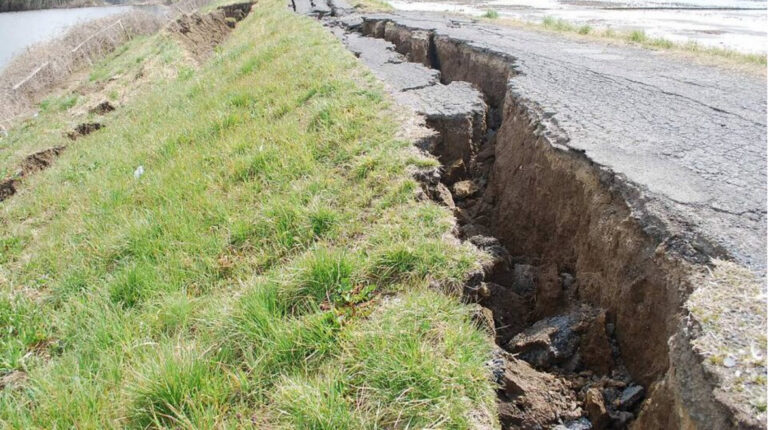
Earth Science and Engineering
When Earth breaks the “rules”
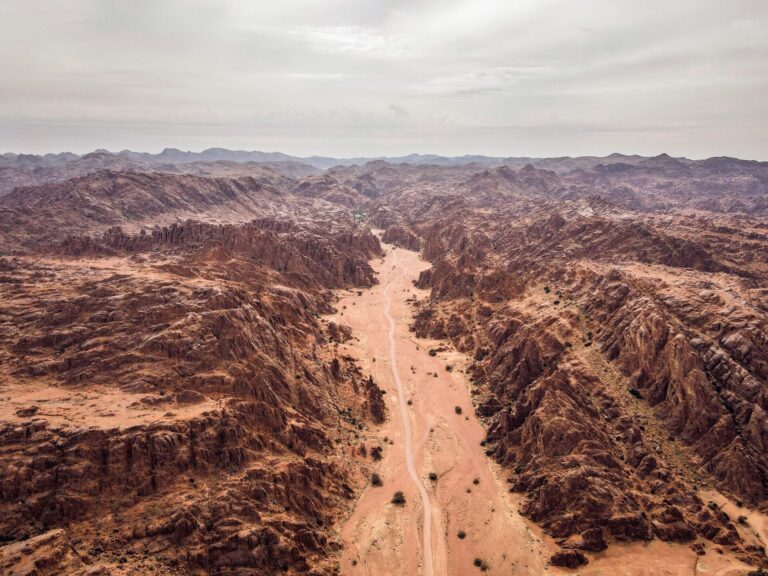
Earth Science and Engineering
Unearthing Arabia’s ancient foundations: New insights from the Ha’il terrane
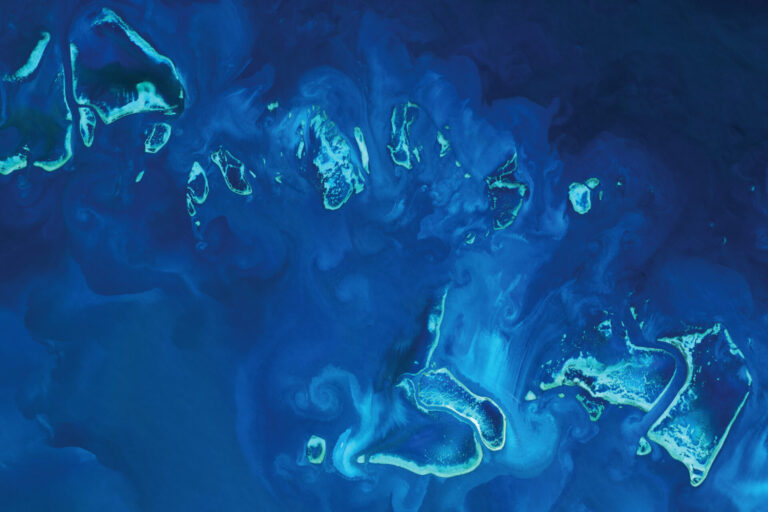
Earth Science and Engineering
Sensing color cues to monitor coral health in the Red Sea
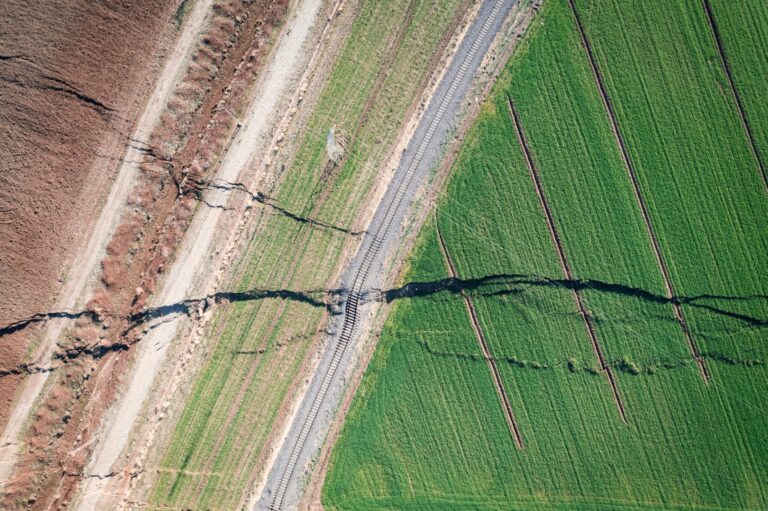
Earth Science and Engineering
Kahramanmaraş earthquake study showcases potential slip rate errors

Chemical Engineering
Unveiling the role of biomass-burning aerosols in atmospheric reactions

Earth Science and Engineering
Feeling the heat across the Middle East
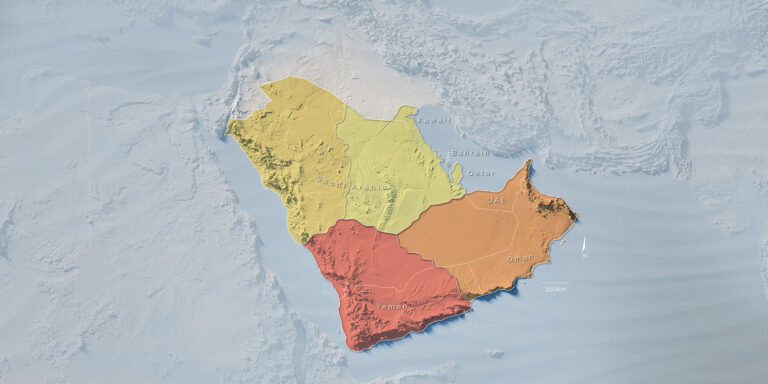
Applied Mathematics and Computational Sciences
Past and future drought patterns across the Arabian Peninsula

Earth Science and Engineering



